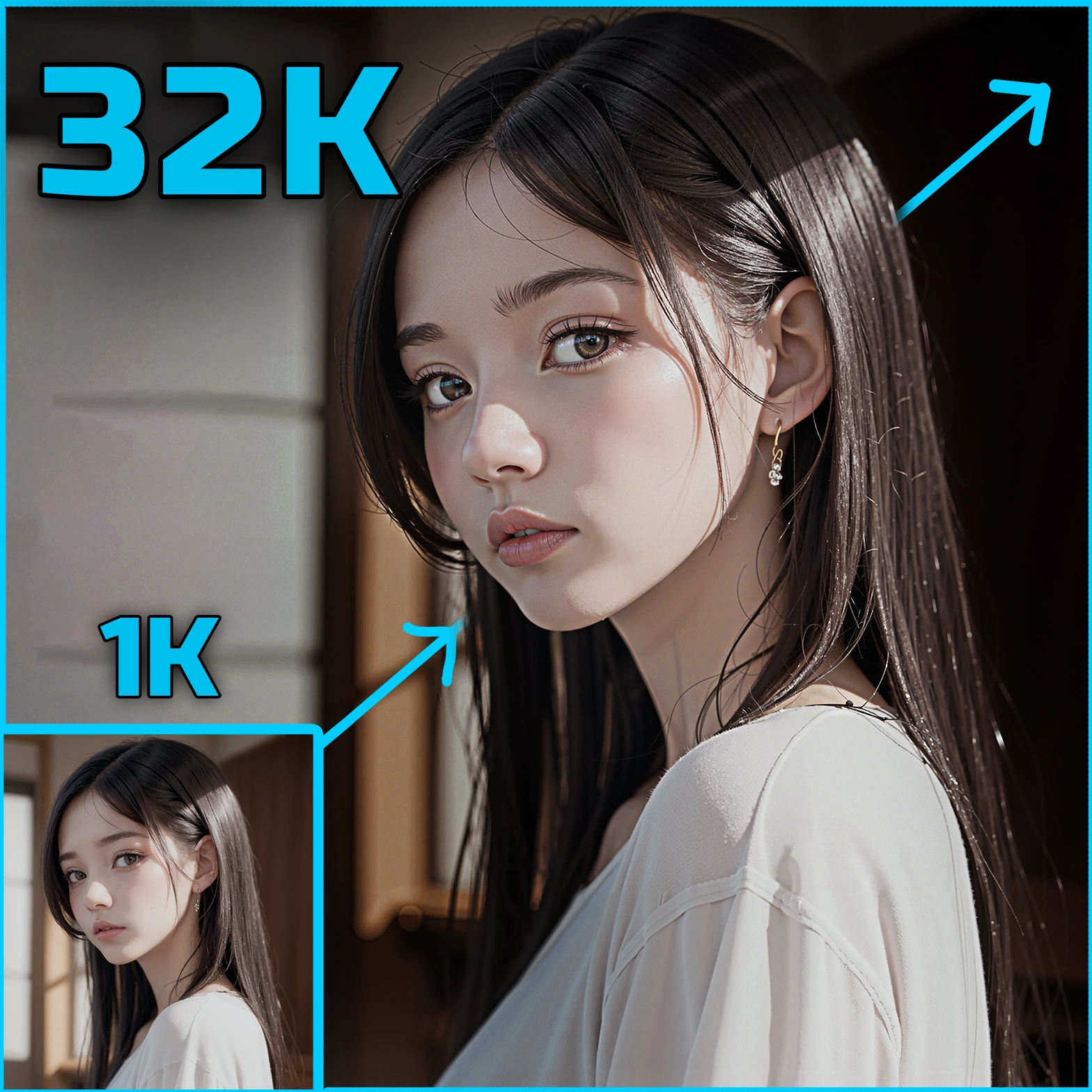ComfyUI Node: 加载网络图片或本地图片
LamLoadPathImage
Categorylam
Lam Yan (Account age: 3093days) Extension
ComfyUI_Lam Latest Updated
2025-04-04 Github Stars
0.03K
How to Install ComfyUI_Lam
Install this extension via the ComfyUI Manager by searching for ComfyUI_Lam- 1. Click the Manager button in the main menu
- 2. Select Custom Nodes Manager button
- 3. Enter ComfyUI_Lam in the search bar
Visit ComfyUI Online for ready-to-use ComfyUI environment
- Free trial available
- 16GB VRAM to 80GB VRAM GPU machines
- 400+ preloaded models/nodes
- Freedom to upload custom models/nodes
- 200+ ready-to-run workflows
- 100% private workspace with up to 200GB storage
- Dedicated Support
加载网络图片或本地图片 Description
Facilitates loading images from URL or local path, converts for processing, extracts alpha channel mask.
加载网络图片或本地图片:
The LamLoadPathImage node is designed to facilitate the loading of images from either a specified URL or a local file path. This node is particularly useful for AI artists who need to incorporate images into their workflows, whether these images are stored online or locally. The node's primary function is to retrieve an image, convert it into a format suitable for further processing, and optionally extract a mask from the image's alpha channel if present. This capability allows for seamless integration of images into AI art projects, enabling artists to work with a wide range of image sources without needing to manually handle file conversions or mask extractions. By automating these processes, the LamLoadPathImage node streamlines the workflow, saving time and reducing the potential for errors.
加载网络图片或本地图片 Input Parameters:
image_path
The image_path parameter specifies the location of the image to be loaded. This can be a URL if the image is hosted online or a file path if the image is stored locally. The node will automatically determine the source type based on whether the path starts with http. This parameter is crucial as it directs the node to the correct image source, and any errors in the path can lead to unsuccessful image loading.
RGBA
The RGBA parameter determines whether the image should be loaded with its alpha channel. If set to 'true', the image will retain its RGBA format, allowing for transparency information to be preserved. If set to 'false', the image will be converted to RGB, discarding any alpha channel data. This parameter is important for workflows that require transparency handling, and its default value is 'false'.
filename_text_extension
The filename_text_extension parameter controls whether the file extension should be included in the filename output. When set to 'true', the full filename including the extension is returned. If set to 'false', only the filename without the extension is provided. This parameter is useful for artists who need to manage filenames in a specific format, and its default value is 'true'.
加载网络图片或本地图片 Output Parameters:
image
The image output is a tensor representation of the loaded image, normalized to a range of 0 to 1. This format is ideal for further processing in AI models, as it allows for consistent and efficient handling of image data. The image tensor is crucial for any subsequent operations that require image input.
mask
The mask output is a tensor that represents the alpha channel of the image, if present. This mask is useful for applications that require transparency information, such as compositing or masking operations. If the image does not have an alpha channel, a default mask of zeros is provided.
filename
The filename output provides the name of the image file, either with or without the extension based on the filename_text_extension parameter. This output is useful for tracking and organizing images within a project, ensuring that each image can be easily identified and referenced.
加载网络图片或本地图片 Usage Tips:
- Ensure that the
image_pathis correctly specified, as any errors in the path can prevent the image from loading successfully. - Use the
RGBAparameter to control whether transparency information is needed for your project, as this can affect the final output and processing steps. - Consider the
filename_text_extensionsetting when organizing your files, especially if you need to maintain a specific naming convention.
加载网络图片或本地图片 Common Errors and Solutions:
The image <image_path> specified doesn't exist!
- Explanation: This error occurs when the specified image path is incorrect or the file does not exist at the given location.
- Solution: Double-check the
image_pathto ensure it is correct and that the file is accessible. If using a URL, verify that the link is active and points to a valid image file.
OSError when opening local image
- Explanation: This error indicates that there was an issue opening the local image file, possibly due to file corruption or unsupported format.
- Solution: Verify that the image file is not corrupted and is in a supported format such as
.jpg,.png, etc. Try opening the file with a standard image viewer to confirm its integrity.
加载网络图片或本地图片 Related Nodes
RunComfy is the premier ComfyUI platform, offering ComfyUI online environment and services, along with ComfyUI workflows featuring stunning visuals. RunComfy also provides AI Playground, enabling artists to harness the latest AI tools to create incredible art.


